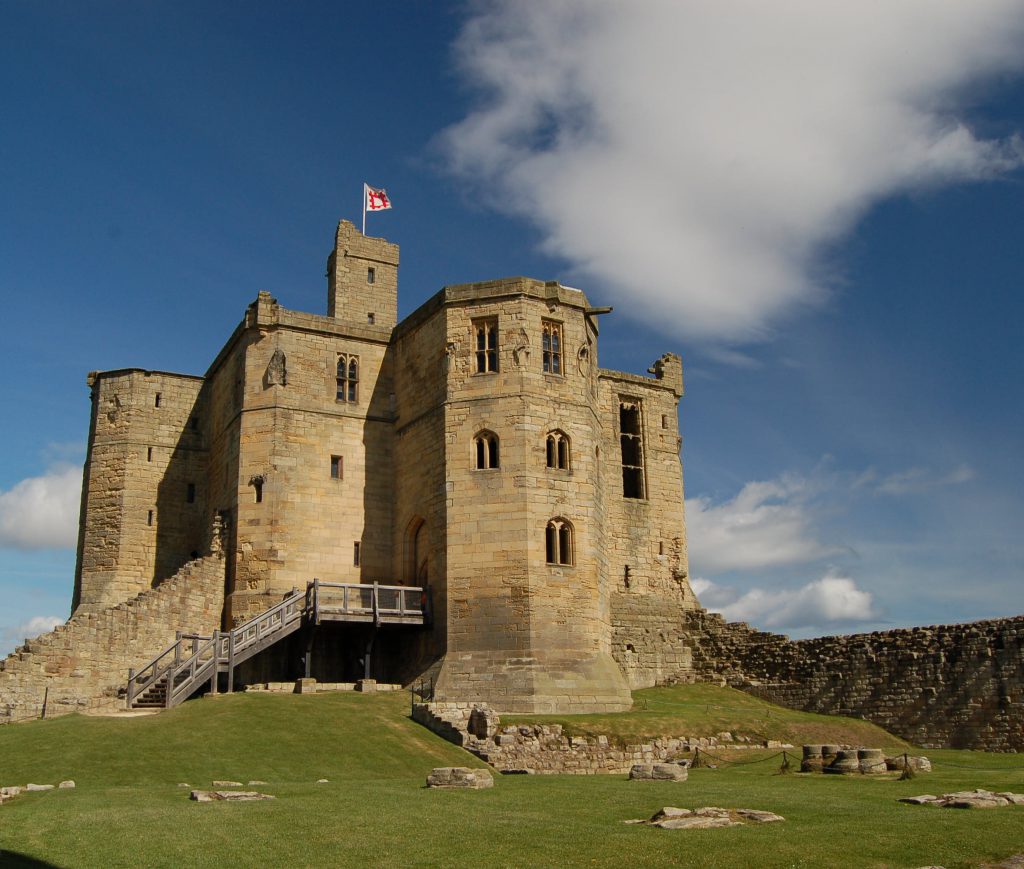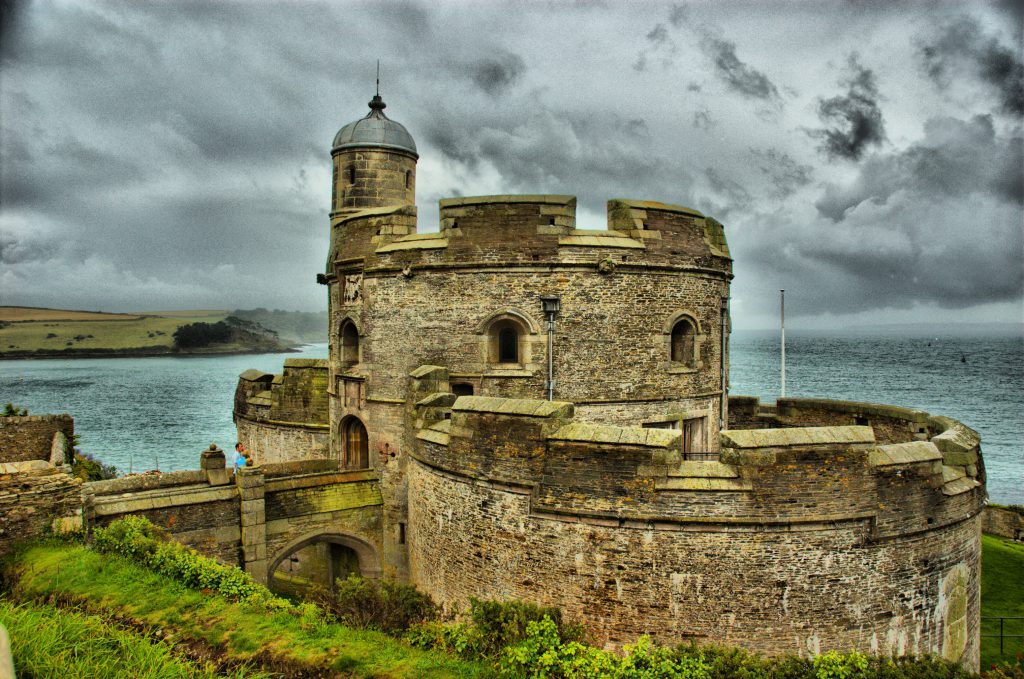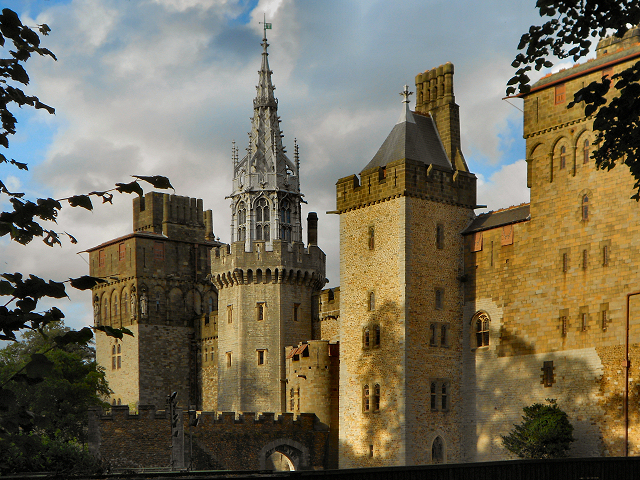Why castles?
 Once, one of medieval predecessors described our castles as the “bones of the kingdom”. You can walk anywhere in England and Wales, and you’ll rarely be far from one of them.
Once, one of medieval predecessors described our castles as the “bones of the kingdom”. You can walk anywhere in England and Wales, and you’ll rarely be far from one of them.
From the great, proud stone fortresses of Edward I or the gun platforms of Henry VIII, to diminished earthworks and ditches, each of our castles and fortresses tells a story. Perhaps that’s a tale of the person who built it, or the people who lived in it, the community that abandoned it, or the artists who painted them. Some castles are things of beauty, others utilitarian simplicity. But they all have tales to tell – if you know how to look and listen to them.
Academic sourcing

There is extensive academic research available on pretty much every aspect of castles; town walls remain less studied, but nonetheless there are some notable works out there. This site has tried to draw on the very best of that material – any mistakes or errors, though, remain entirely our responsibility.
Each page on the site has a bibliography at the bottom, outlining which academic works have informed it. Some academic and government websites have also been utilised; these aren’t linked, however, as the urls are often ephemeral and hard to keep updated, despite the best efforts of the Internet Archive’s Wayback Machine.
If you’ve spotted a mistake, or know of some some new (or perhaps even some old) research that might add to the accounts on this site, please contact us!
The digital transformation
 We’ve just experienced a decade of transformative change in digital collaboration: this site wouldn’t have been possible ten years ago. The development of accessible internet tools, the rise of wiki software and the Creative Commons licensing system have made it possible for an unprecedented level of exchange, sharing and co-creation.
We’ve just experienced a decade of transformative change in digital collaboration: this site wouldn’t have been possible ten years ago. The development of accessible internet tools, the rise of wiki software and the Creative Commons licensing system have made it possible for an unprecedented level of exchange, sharing and co-creation.
Some of the champions in this renaissance have been our great national institutions: the British Museum, the Metropolitan Museum of Art, the National Library of Wales, the Tate, and the Yale Centre for British Art, for example, have generously invested in making many parts of their valuable collections available for use around the world. They’ve made some far-sighted decisions, fully in keeping with their respective mission statements. Respect.
Individuals have also made their mark; no website on castles could ignore the ground-breaking efforts of the late Philip Davis and his Gatehouse database, while the content of sites such as Wikipedia have been generated by countless hours of work, given freely, by a hugely diverse range of editors. Again, respect.
It is this decade of transformation and hard graft that has made sites like this one possible. Thank you, all of you.
Some questions and answers
- “What is the Castellogy website?” It seeks to be a comprehensive collection of high-quality resources on the castles, town walls and early artillery forts of England and Wales, freely available and accessible to the non-specialist reader. A huge “thank you” for visiting it!
- “I’m an academic – why isn’t it more scholarly?” Sorry, esteemed academic colleague! The website is aimed at the average adult reader, who doesn’t have an expert background in the subject. We’ve tried to keep it relatively accessible.
- “I’m a teacher – why isn’t this more suitable for young adults or children?” Again, sorry! If you are seeking educational material, we would advise having a look at English Heritage and Cadw‘s sites, where there are some high quality teaching and visit aids.
- “I’m a tourist or visitor – why isn’t there information on the opening times and prices at the sites?” Sorry – these change all the time, and we’d always be out of date. We advise you check on the website of the organisation managing the castle.
- “I’m looking for a gazetteer or a database of all the relevant sites – this is surely only a partial picture?” Yes – but there are some excellent databases already out there – we would recommend the Gatehouse or CastleFacts, for example.
- “What about Scotland’s castles?” Sorry, once again, particularly as there are some incredible sites and locations in Scotland! Our background lies mainly south of the border, thus the focus of this website. We’d recommend having a look at Historic Scotland (Alba Aosmhor)‘ s website.
Attribution
The text of this page is licensed under under CC BY-NC 2.0.
Images on this page are from the Wikimedia website, as of 22 July 2018, and attributed and licensed as follows: adapted from “Warkworth Castle’s keep, 2007“ author Draco2008, released under CC BY-SA 2.0; “Cardiff Castle from the Animal Wall“, author David Dixon, released under CC BY-SA 2.0; “St Mawes Castle, Cornwall, England“, author Uli1005, released under CC BY-SA 3.0.
